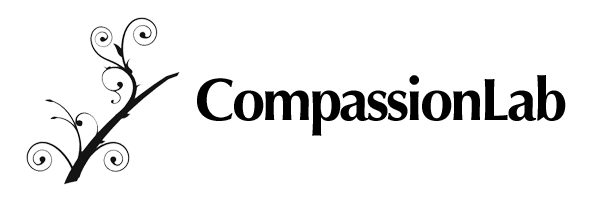
Compassion Capability
Posted by admin on Jan 3, 2012 in Featured | 0 commentsWhat makes one group of people highly able to coordinate compassionate responses to suffering in their midst, while another group may fail to take notice at all, and another may exhibit a minimal response? In this paper, we take up this question by looking closely at one organizational unit that exhibited an extraordinary capacity to respond to the suffering of its members. We found a work unit able to direct their resources towards suffering in a highly creative and resourceful manner. The importance of everyday activities shines through these research findings, showing that small everyday actions provide a foundation for high-quality connections between employees and have the power to increase or decrease their collective ability to notice, feel, and respond to suffering.
Read the abstract
From: Human Relations (2011), 64(7), 873–899.
“Suffering is an inevitable, ubiquitous, yet often overlooked, aspect of organizational life (Frost, 2003). At any given time, some organizational members will be struggling with the kinds of personal challenges described in the opening quote, such as the illness or loss of loved ones, relationship breakdown or financial struggles. Suffering may also accompany organizational changes such as layoffs or restructuring, or being mistreated or devalued by work colleagues (see Driver, 2007). Reactions to such suffering can vary widely across organizations, passed by with a nod or indifference in some (Delbecq, 2011; Hazen, 2003, 2008), yet addressed with compassion in others (Dutton et al., 2006; Kanov et al., 2004). While our understanding of individual compassion as a response to a single instance of suffering has grown considerably in recent years (Goetz et al., 2010; Lilius et al., 2011; Nussbaum, 1996), little research examines what enables members of a collective to repeatedly act with compassion in response to different instances of suffering. We explore this question through an inductive interview-based study of a unit that demonstrates this ‘compassion capability’, and theorize the relational micro-foundations that foster such a capability in a workplace where attention is divided, and time and performance pressures abound. In this article, we adopt a practice lens in looking to the situated, everyday activities in a community (Orlikowski, 2002) that undergird its collective capability for compassion. Building on a conceptualization of compassion as a tri-part human experience marked by: 1) noticing or attending to another’s suffering, 2) feelings that are other-regarding and resemble empathic concern, and 3) responses aimed at easing the suffering (Batson, 1994; Clark, 1997; Frost et al., 2000; Kanov et al., 2004; Reich, 1989; Solomon, 1998), we define compassion capability as the reliable capacity of members of a collective to notice, feel and respond to suffering. This definition of compassion capability draws directly on Dosi et al’s (2000) description of organizational capability as members’ ability to consistently produce a collective achievement through their actions. Through a careful empirical examination of one ‘extreme’ case (Eisenhardt, 1989), we elaborate a theory that explain the mechanisms through which certain practices build a unit’s compassion capability (Hedstrom and Swedberg, 1998).”
Read the whole paper
